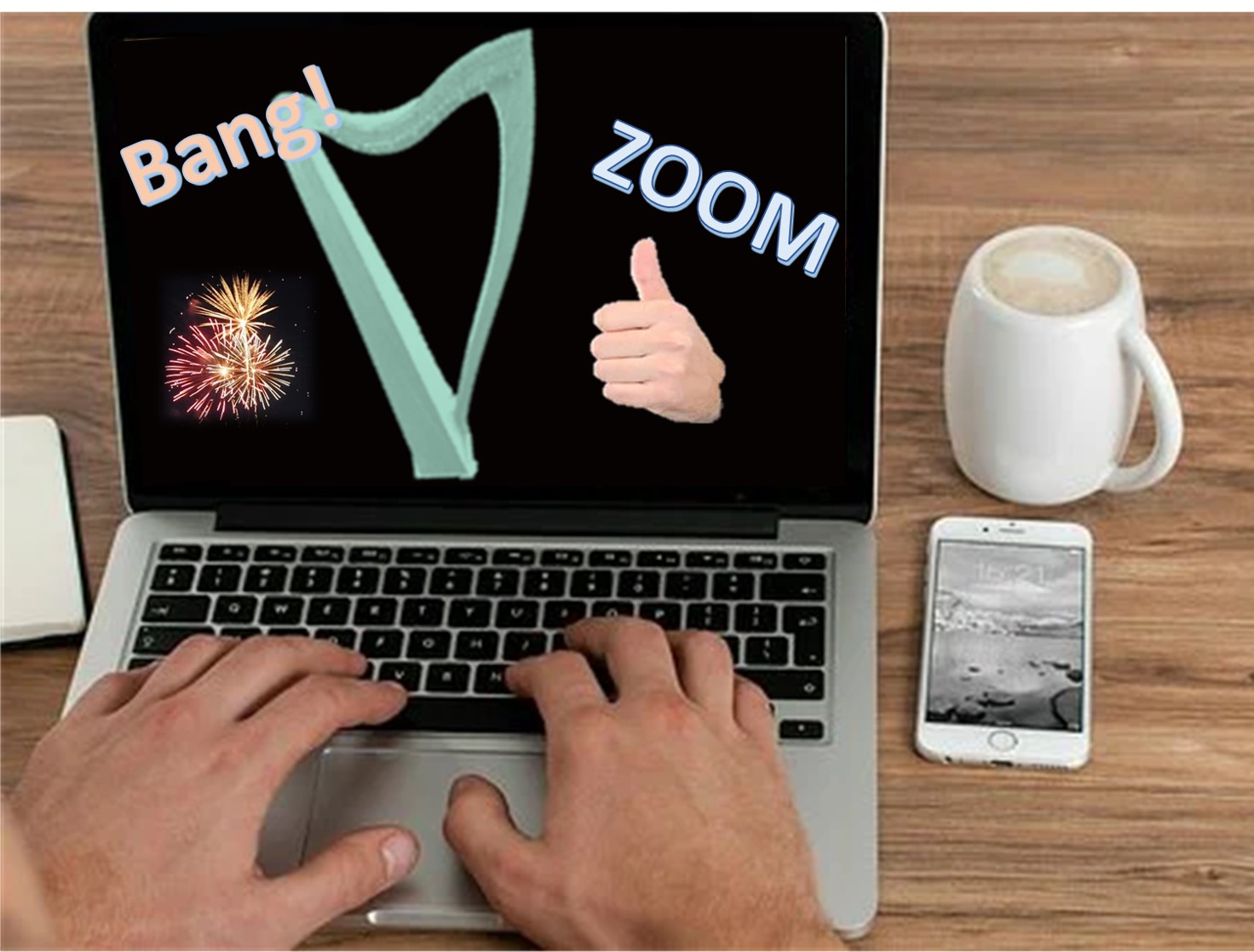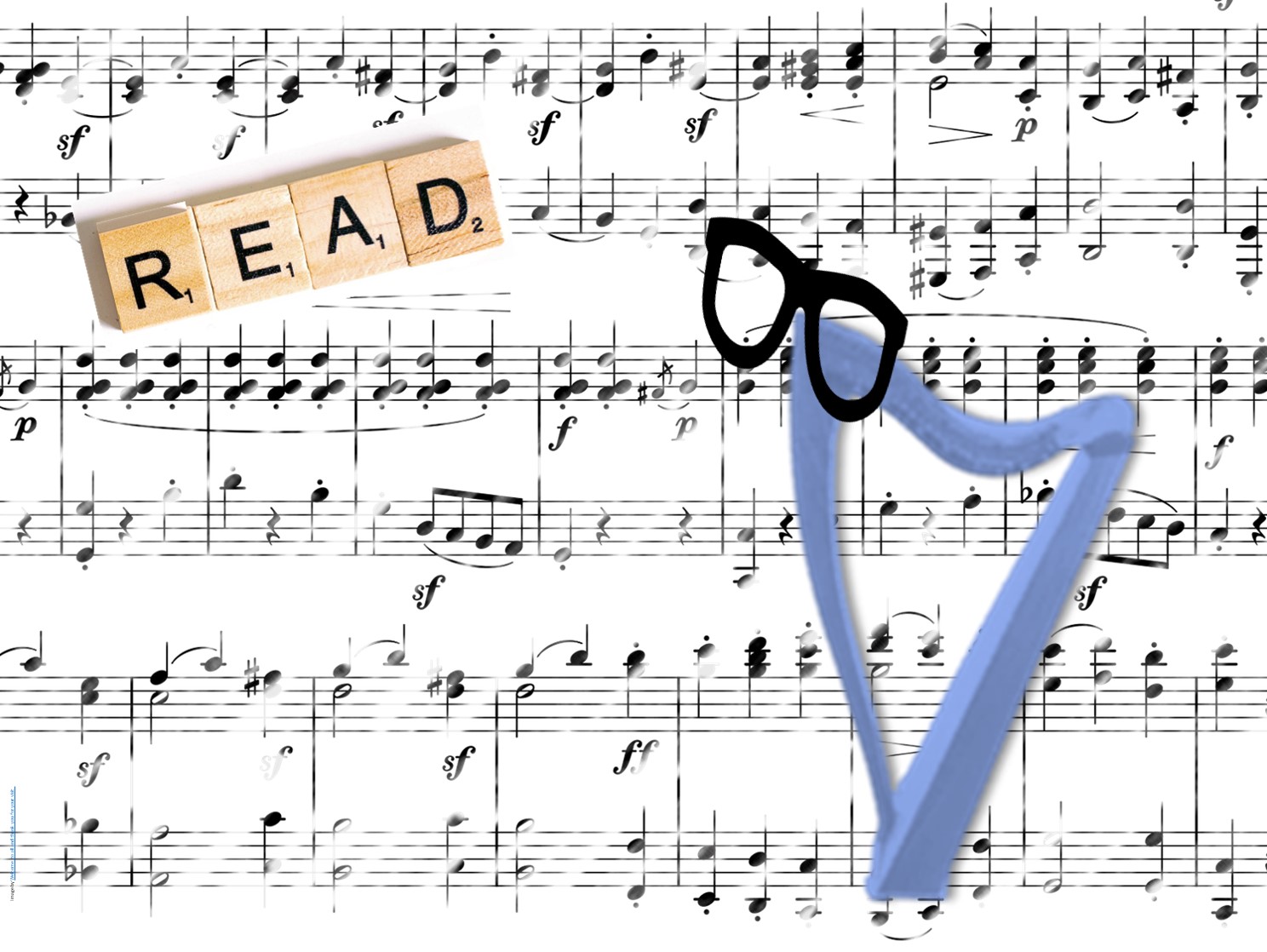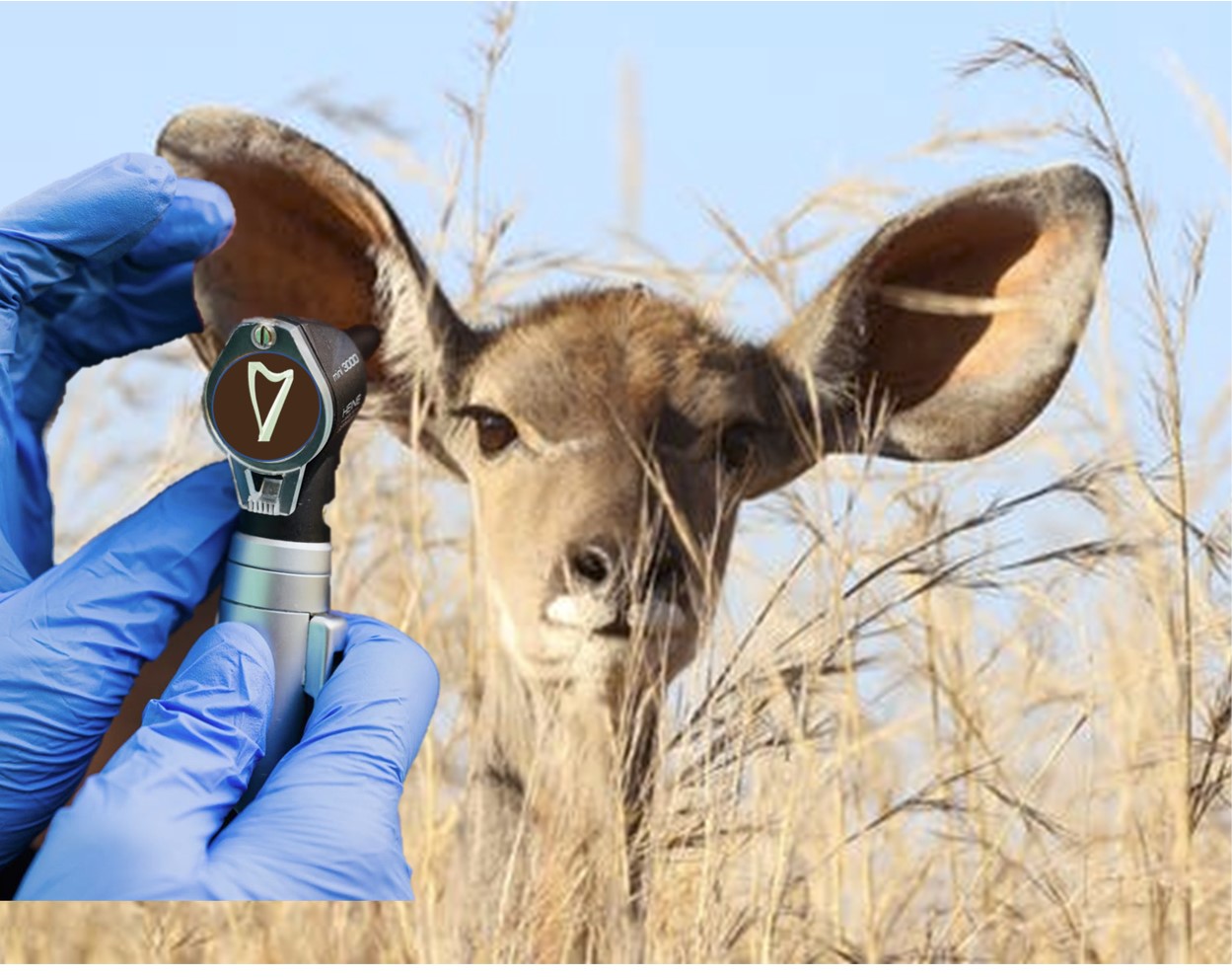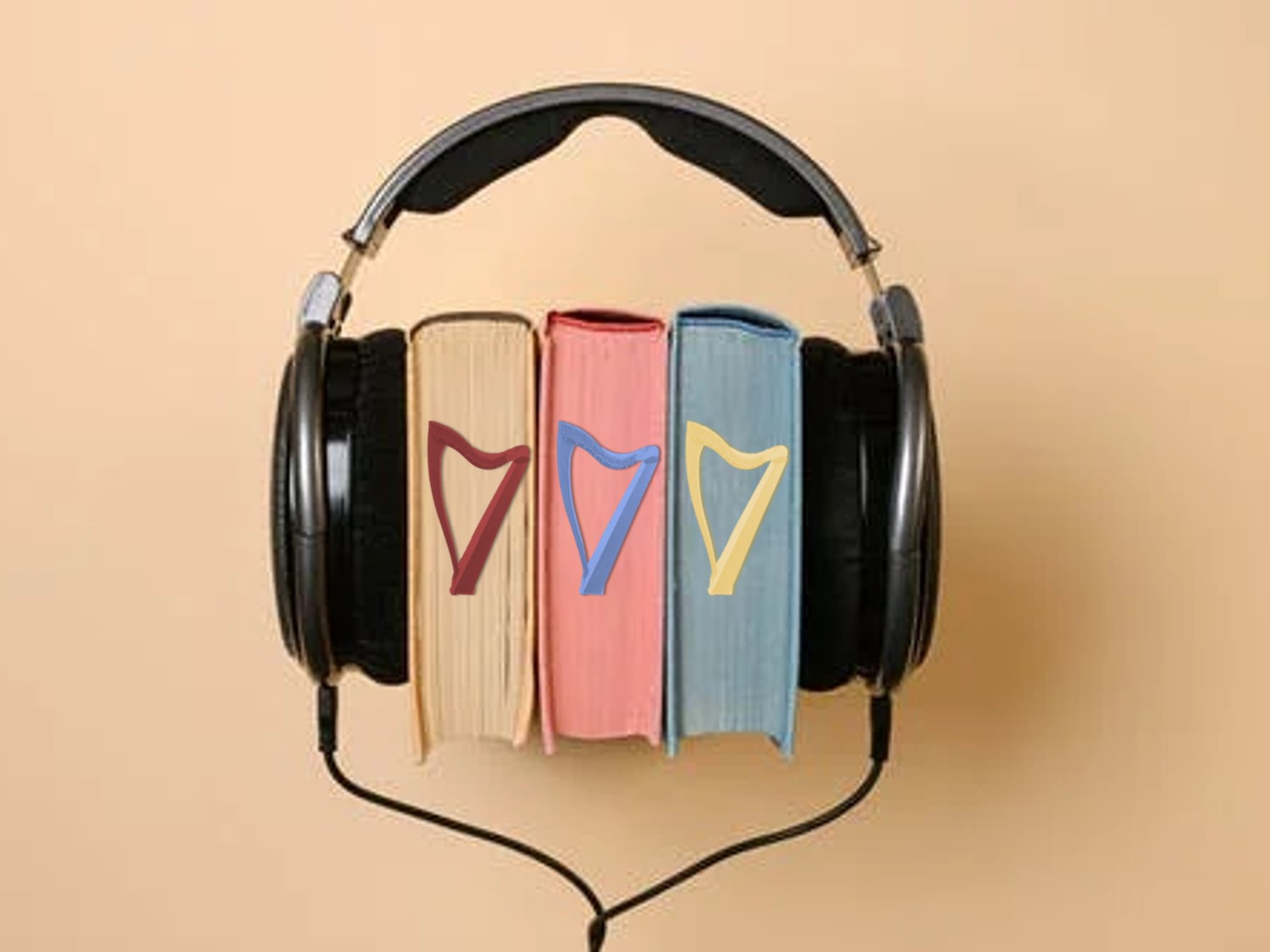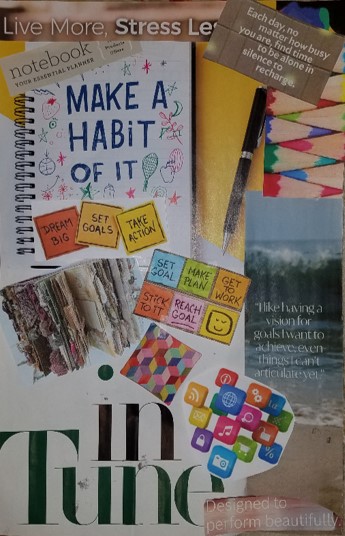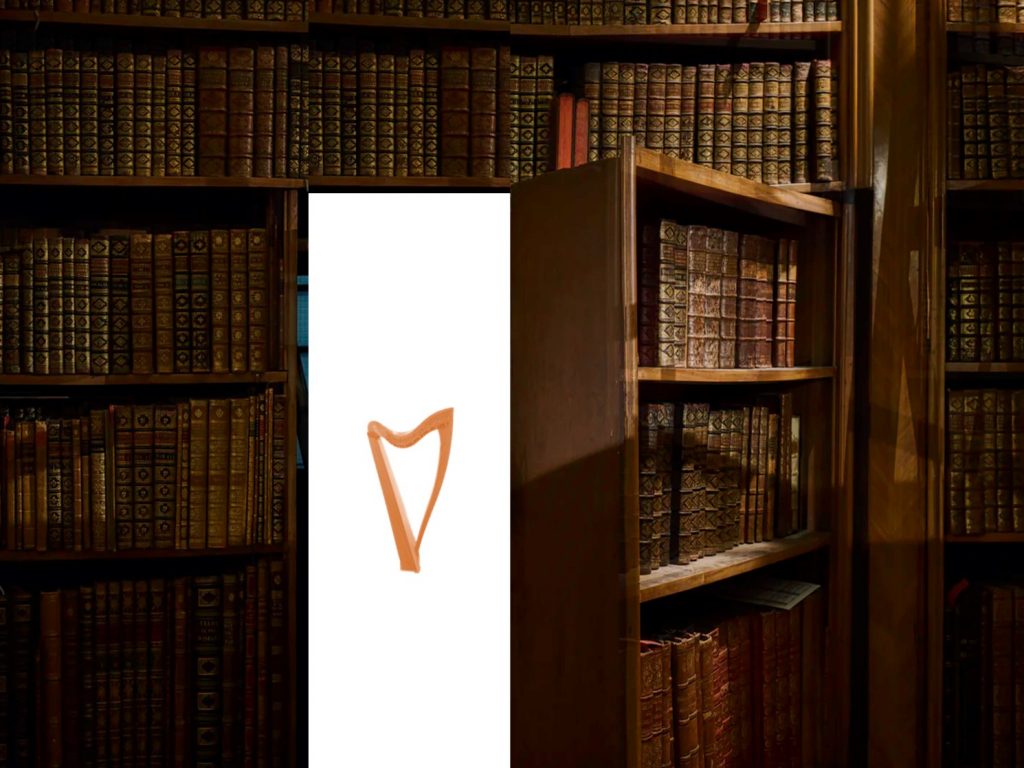As a teacher, one of the funniest things you hear in lessons is,
“It was so much better at home!”
It’s funny because we have all uttered those words as a student at some point. Of course, at this point in time, it’s especially funny because… we’re in zoom lessons – you ARE at home!
This does speak to an important point – it’s easy to be comfortable and low key about everything when you’re home, by yourself, doing your thing practicing or playing for yourself and it’s Perfect.
 But it is completely different and more difficult when the situation changes and you’re in a lesson (or your family is actively listening, or you have a visitor who begs you to play for them, or the window is open and the neighbors might hear).
But it is completely different and more difficult when the situation changes and you’re in a lesson (or your family is actively listening, or you have a visitor who begs you to play for them, or the window is open and the neighbors might hear).
Back to the lesson – isn’t making mistakes in a lesson precisely the place you want to make an error? Why do we always fret when we make a mistake in a lesson?
- We’re afraid our teacher will be unimpressed with our work effort for the week, or we’re embarrassed because we think all the other students were perfect.
- We feel like we haven’t practiced as much as we should have and so we are unimpressed with our own work effort for the week.
- We have set some arbitrary schedule for ourselves and we haven’t met it. As in, “I learned Katie Bairdie in a week, so I should only need a week to be able to play the harp solo from Lucia di Lammermoor!” Maybe that’s a bit unrealistic?
- We didn’t set aside the time to practice and so we know we’re not as prepared as we would have preferred to have been for the lesson.
Does making mistakes in lessons matter? YES – but maybe not for the reason you think. Your teacher does not expect you to play perfectly (and if your teacher does expect you to play everything perfectly, you might want to find someone else to work with).
What do you learn from mistakes? LOADS
First, repeat after me – each “error” in a lesson is a learning opportunity…AND a teaching opportunity!
- You learn where the music in your head is a little thin. When you’re practicing you get through it just fine but add just a smidgen of stress (now that you know your teacher is listening and your performance anxiety kicks in) and the veneer of “knowing it cold” may dissolve to “barely hanging on”. That helps highlight where you should focus as you continue to practice the music.
- You get a different point of view. I used to have a student who always answered the question, “How did your exercises go this week?” with, “Perfect!”. Hmmm, maybe not so much. Sometimes you get a different perspective, or a calibration of your perspective. And that tweak to your perspective allows you to practice better and possibly to learn more.
- You get feedback. It is frustrating when you keep hitting the wrong string or can’t preplace fast enough or just can’t remember the phrase. But your teacher will see all that from a different angle – and give you insight into what you are doing (and/or not doing) and what you might do get around the issue.
- You get to learn from your teacher’s experience. One thing you can be sure of – your teacher has more experience than you do, both at playing well…and at making mistakes! The point of the lesson is not only to share that experience but to pass it down to you. It gives you a chance to learn about hard won gains so you can go on to make other, better errors!
Each time you make a mistake in your lesson, you have PERFECT opportunity to learn. In addition, you present a teaching opportunity for your teacher. And as you learn, what you can learn shapes and grows what you will be able to learn next. And frankly, as a teacher, I kinda live for that moment when it’s clear that you “got it”! I think all teachers feel that way. Some are exuberant about it, some are sotto about it, but the thrill of seeing that light bulb go on is central to teaching.
So, as you look forward to your next lesson, I challenge you to predict which mistake you might make, why you’ll make it, and what you think you will learn from it. And you know that Practice Journal I’m always going on about? Those are the sort of thing you might consider jotting down in there.
You stand on the shoulders of those who came before you so you can see over the wall, not so you can be on the top of the pile! What mistakes will you make in your next lesson? I’m looking forward to hearing about it – let me know!
